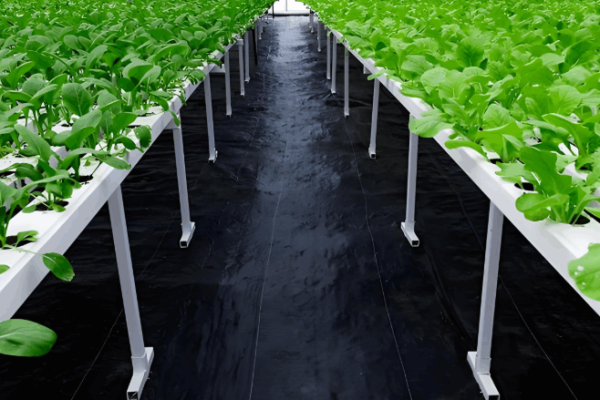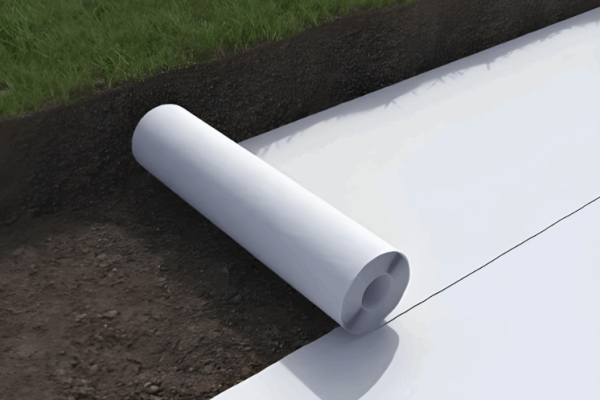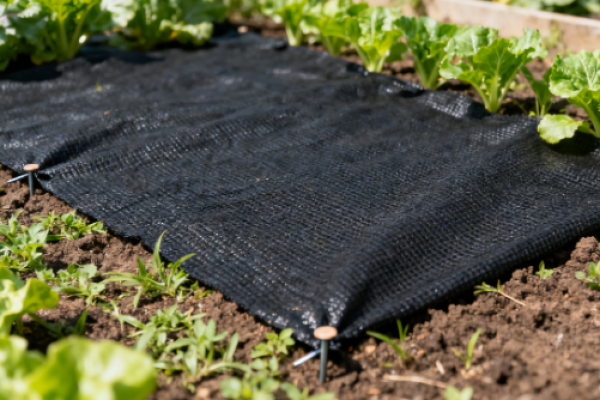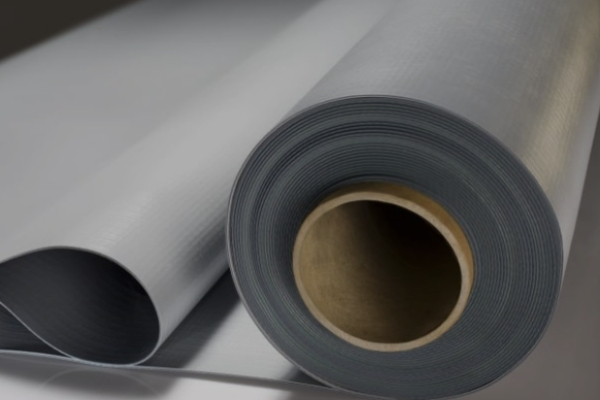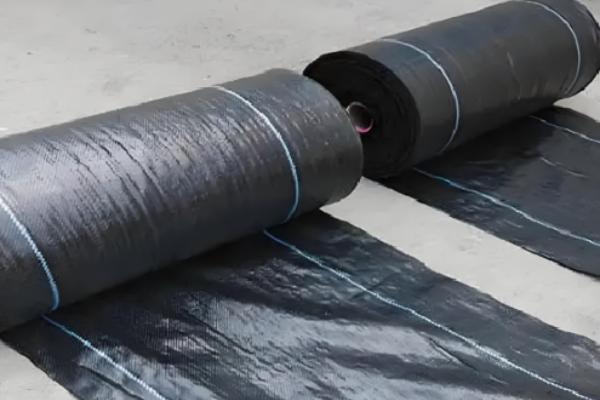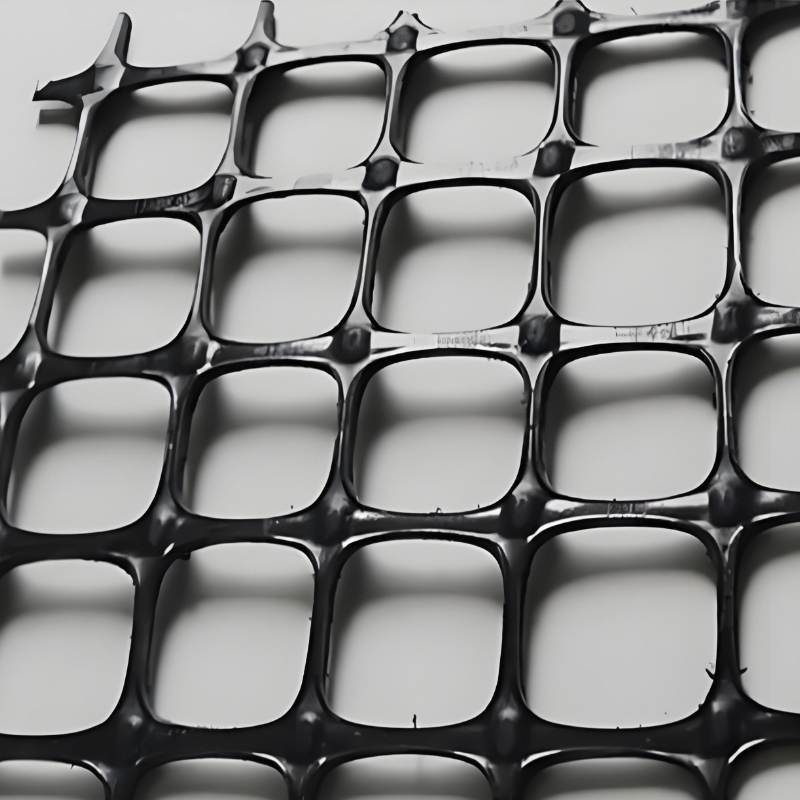Does your home yard turn into a swamp during the rainy season?Does your newly built gravel driveway develop ruts and sinkholes all too quickly?On the market,there is felt-like”non-woven fabric”and burlap-like”woven fabric,”each with different prices and uses.Choosing the wrong type can,at best,waste money and,at worst,lead to complete project failure.This ultimate guide to geotextile drainage fabric will delve into its properties,provide a buying guide,and outline the installation process.

What is Geotextile Drainage Fabric?
Geotextile drainage fabric is a permeable synthetic material,typically made from polypropylene,designed to allow water to pass through while preventing the movement of soil and other particles.It acts as a separator,permitting water flow while holding soil in place,preventing erosion,and stabilizing problematic areas.Common applications include French drains,driveways,retaining walls,and erosion control.
Non-Woven vs.Woven Geotextiles
This is the critical choice that determines your project’s success.While made from similar materials,their structure and performance are worlds apart.
Non-Woven Geotextile:The Professional”Drainage Engineer”
Structure&Appearance:Synthetic fibers are randomly arranged and bonded through needle-punching or heat-calendaring processes.It has a felt-like appearance and a soft texture.
Core Properties:High permeability,excellent filtration and drainage capabilities.Water passes through it easily and can also flow along its plane.
Ideal Applications:
French Drains:The essential choice for wrapping perforated pipes and gravel,ensuring long-term drainage efficiency.
Retaining Wall Drainage:Installed behind the wall to channel water to weep holes,reducing hydrostatic pressure.
Subsurface Drainage:Used in landscape drainage systems,foundation perimeter drains,etc.
Expert Buying Tip:Pay attention to weight(g/m²or oz/yd²),e.g.,150g,200g,300g.For standard drainage projects,150g-200g is sufficient;heavier grades are for more demanding applications.
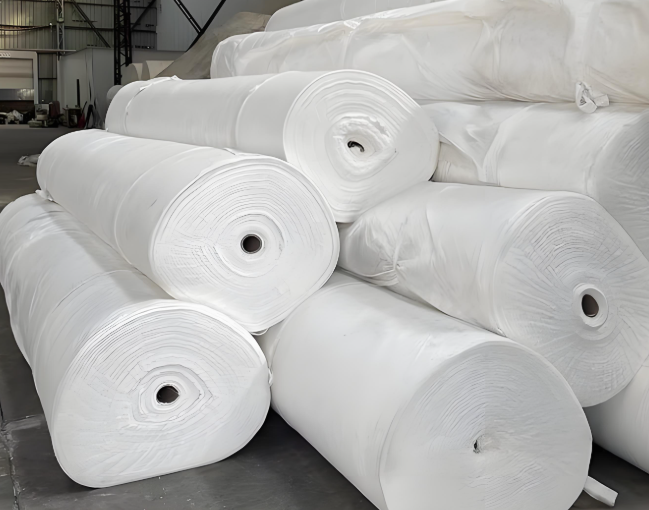
Woven Geotextile:The Powerful”Structural Engineer”
Structure&Appearance:It is woven from monolithic polypropylene tapes or filaments in both the warp and weft directions, resulting in a clearly visible mesh structure and a firm, durable texture.
Core Properties:High tensile strength and puncture resistance,excellent separation and reinforcement functions.Its permeability comes from the gaps between fibers;while less than non-woven,it is sufficient for stabilization.
Ideal Applications:
Gravel Driveways/Parking Lots:Laid between the subsoil and gravel to prevent gravel from sinking and soil from mixing upwards,creating a stable platform.
Road Base Stabilization:Used for soft ground stabilization,distributing loads to prevent road cracking.
Expert Buying Tip:Pay attention to the tensile strength(kN/m)rating.The higher the strength,the greater the load-bearing capacity.
Quick Decision Table:
| Feature | Non-Woven Geotextile | Woven Geotextile |
| Primary Function | Filtration, Drainage | Separation, Stabilization |
| Permeability | High | Moderate (but adequate for drainage) |
| Strength | Moderate | Very High |
| Feel | Soft, like felt | Tough, like plastic |
| Best For | French Drains, Behind Walls | Driveways, Road Base |

Drainage Fabric vs.Landscape Fabric
1.Geotextile Drainage Fabric
Nature:It is a geosynthetic material,a functional engineering product.
Core Mission:To allow water to pass freely while preventing the migration of soil particles.For instance,placed between gravel and soil,it enables water drainage while preventing soil from mixing into the gravel layer(which would compromise drainage function)and also stops the gravel from sinking into the mud.
Type:The primary material used for drainage is non-woven geotextile.Its three-dimensional structure allows water to pass not only vertically but also to flow laterally within its plane,resulting in extremely high drainage efficiency.
Consequences of Misuse:If landscape fabric is used in applications requiring drainage,its pores will quickly clog with silt(a phenomenon known as”blinding”),ultimately leading to a complete loss of drainage capacity and the failure of the entire drainage system.
2.Landscape Fabric(Weed Barrier)
Nature:It is a horticultural ground cloth,primarily used for surface landscaping.
Core Mission:To physically block weed growth while permitting rainwater and irrigation water to seep into the soil.
Limitations:Its pore structure is susceptible to clogging from surface-level humus and silt.Once clogged,not only does its permeability decrease,adversely affecting plant root respiration and water uptake,but it can also become a barrier.Furthermore,its low strength makes it unsuitable for scenarios requiring load-bearing capacity.
Consequences of Misuse:If attempted for use in French drains or under driveway bases,it will be crushed and torn,completely failing its separation and filtration functions.This ultimately leads to the mixing of soil and gravel,causing project failure.

Geotextile Drainage Fabric Installation Process
Site Preparation:Clear all sharp rocks and roots.Grade and compact the subsoil.
Laying&Overlap:Roll out the geotextile cloth.Overlap seams by at least 30cm(12 inches)to prevent soil intrusion.
Orientation:There is usually no designated top or bottom side.For woven geotextiles,placing the smoother side up can facilitate material placement.
Temporary Fixing:On slopes or in windy conditions,use U-shaped landscape staples to secure the fabric temporarily.
Placing Fill Material:Carefully pour the fill material(e.g.,gravel).Avoid directly driving machinery on the exposed drainage fabric to prevent punctures.
Finishing:For drainage trenches,wrap the fabric over the gravel.For stabilization projects,simply trim off any excess.

Geotextile Drainage Fabric FAQs
When protected from UV light(buried),high-quality polypropylene geotextile has a design life exceeding 25 years.
Price varies by weight,strength,and brand.Non-woven geotextiles are typically sold by the square meter or in rolls,with prices ranging from a few to several dollars per square meter.
Choosing the right geotextile drainage fabric doesn’t have to be difficult.Remember our core advice:for drainage and filtration,choose soft non-woven geotextile.It is a rational investment that pays off long-term.The correct choice and installation will reward you with a dry yard,a durable driveway,and a future free from constant repairs.
If you are looking for a reliable geotextile drainage fabric supplier,please feel free to contact us.
About Us:Lianjie
Lianjie is a one-stop supplier of geosynthetics with 15 years of professional experience and multiple national certifications.We provide the most professional geotextile drainage fabric solutions!

